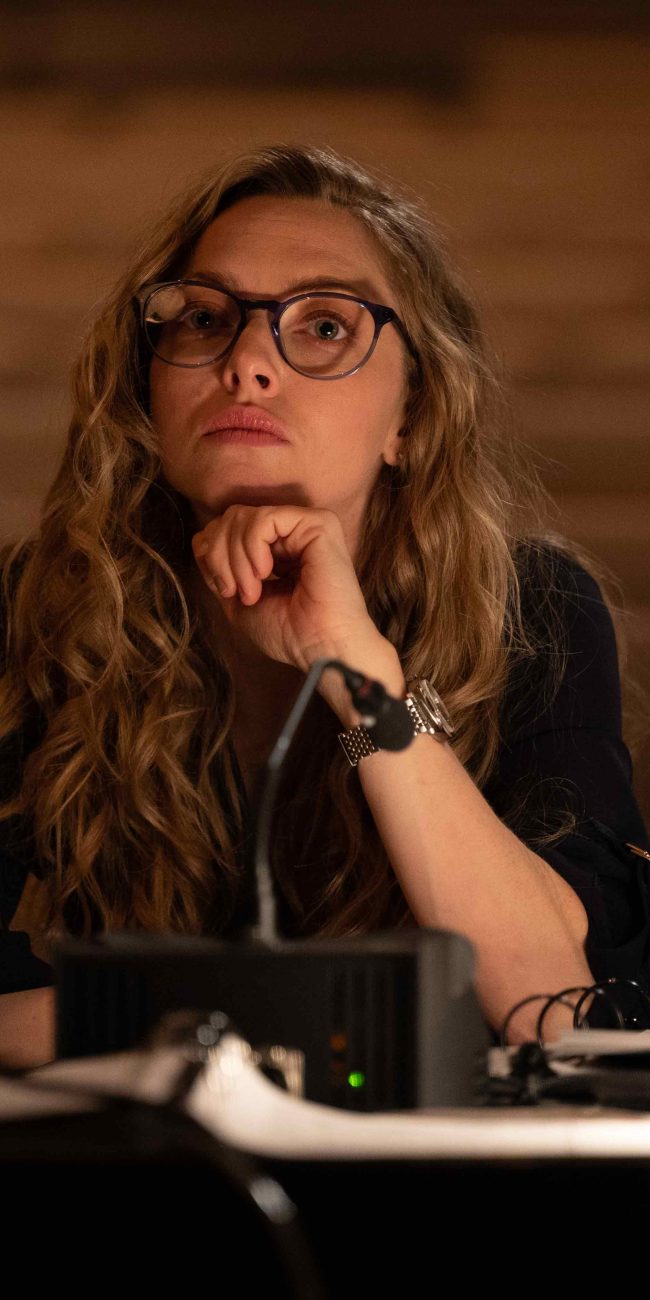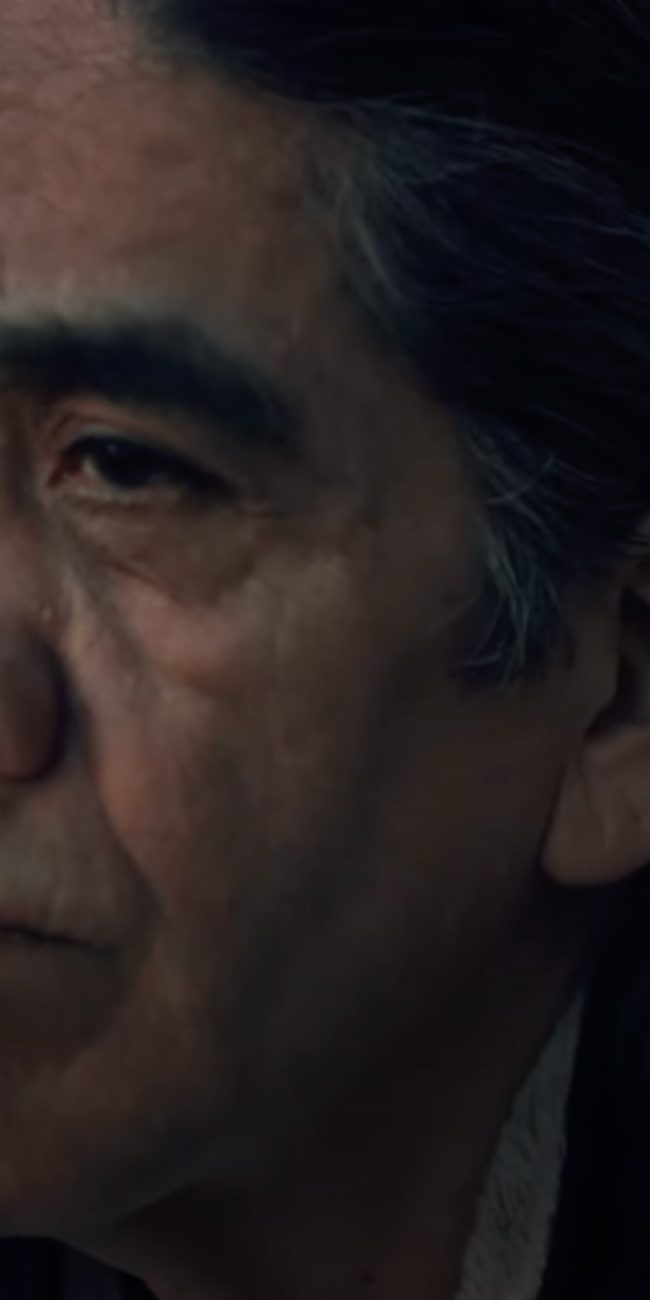RELEASING “RICE” – Reflections on the In-Progress Self Distribution of White on Rice, Part Two
(White on Rice runs from March 12th-18th exclusively at BIG Cinemas Manhattan (formerly the Imaginasian; 259 E. 59th St.) alongside Children of Invention. It also opens in Atlanta, Georgia at the Cinefest Theater from March 15th-21st. For more info, visit the film’s official website.)
RELEASING “RICE” – REFLECTIONS ON THE IN-PROGRESS SELF DISTRIBUTION OF WHITE ON RICE, PART TWO
(If you haven’t already, read Part One right here.)
“CHOOSING” YOUR THEATERS
 I always love it whenever a moviegoer says “Why didn’t you put your movie in such-and-such a theater? That one is way better!”
I always love it whenever a moviegoer says “Why didn’t you put your movie in such-and-such a theater? That one is way better!”
You don’t always get your first choice. In fact, you rarely ever do. But, as Dylan likes to say, “we fight onward…” Variance almost always got the best possible option for a little indie like Rice, though we sometimes sweated bullets as we waited for confirmation. Oftentimes, the big theater chains won’t confirm indie titles until a few weeks before an open slot—leaving very little time for a local marketing push.
With White on Rice, we made a conscious decision to seek out more mainstream multiplex theaters. The movie appeals to a fairly broad range of people, including younger teens and families, so it seemed like the logical choice. Also, the art houses seem to be so jam-packed all year round while the multiplexes often play the same film on 2 or more screens. We ended up playing at a wide variety of theaters both corporate and indie.
Our opening weekend was an interesting case study. We opened at one art house theater in Los Angeles (Laemmle’s Sunset 5) and a multiplex in Orange County (Edward’s Irvine Spectrum 21).
Going into that weekend, I fully expected to get creamed in Orange County. I was genuinely scared. The OC is such a huge place, and so suburban that I was almost positive that our unusual low-budget marketing would go unnoticed. LA was home to a lot of family and friends, not to mention the cast and crew—I totally thought that they would at least bail us out if the film failed to catch on.
In the end, Orange County outgrossed Los Angeles. More significantly, the OC grosses grew throughout the weekend, indicating that word-of-mouth was spreading. Los Angeles had an okay opening night gross, and died shortly thereafter.
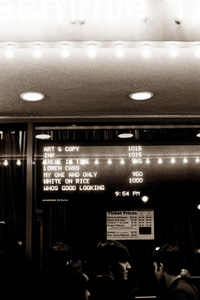 What was the lesson? I don’t know. It’s quite possible that the very indie Laemmle’s Sunset 5 was just a wrong fit for our movie—in contrast that same weekend, Doug Pray’s doc Art and Copy seemed to be going like gangbusters. The terrific Laemmle staff went out of their way to support our movie, placing trailers in all of their theaters and allowing us to do a bunch of cross-promotional ventures despite the hassle. We also had a nearly sold out sneak preview screening hosted by Laemmle and Visual Communications at the Pasadena Playhouse. For whatever reason, it just didn’t work.
What was the lesson? I don’t know. It’s quite possible that the very indie Laemmle’s Sunset 5 was just a wrong fit for our movie—in contrast that same weekend, Doug Pray’s doc Art and Copy seemed to be going like gangbusters. The terrific Laemmle staff went out of their way to support our movie, placing trailers in all of their theaters and allowing us to do a bunch of cross-promotional ventures despite the hassle. We also had a nearly sold out sneak preview screening hosted by Laemmle and Visual Communications at the Pasadena Playhouse. For whatever reason, it just didn’t work.
In Orange County, I saw quite a few families in the audience. The fact that it was playing at the Spectrum gave it legitimacy for audience members who otherwise might not try out an indie film. The OC grosses were also helped by a front-page article in the OC Register detailing the film, as well as the amazing support of CSU Fullerton student and blogger Michelle Nakaji and her friends who enthusiastically campaigned for the film. Their support helped the film stay on for two decent weeks in Irvine.
Indie theaters and corporate chains each have their pros and cons. Playing in the chain theaters also meant we had to pay $2,700 for an MPAA rating—a significant amount of money for us. Yet that expenditure also served to legitimize the movie for the non-arthouse set. On the opposite side, working with the owners and managers at indie theaters tends to be easier since there’s much less red tape and general bureaucracy.
So, which is better? “I think no matter what way you look at it, everything depends on the city,” said Duane, who actively campaigned in both Los Angeles and for our Utah release on two Cinemark screens. In some markets, the film was well served by multiplex play, while in others we were better off in an indie theater with a built in, loyal audience.
My co-producer Michael Lerman adds: “We’re not really an arty movie. We’re more like a low budget commercial movie, so playing in multiplexes often made sense, but, yes, it does vary from city to city.”
FESTIVALS AS “SNEAK PREVIEWS”
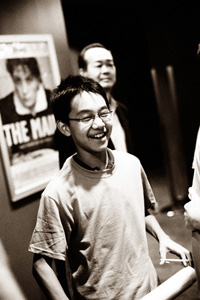 Before meeting Dylan and Nguyen, my idea was to get local theatrical bookings immediately following each festival screening. After all, the excitement surrounding a festival screening would certainly raise the profile of my movie in a given market… right?
Before meeting Dylan and Nguyen, my idea was to get local theatrical bookings immediately following each festival screening. After all, the excitement surrounding a festival screening would certainly raise the profile of my movie in a given market… right?
Easier said than done, especially when you’re working on your own. I tried to get a theatrical booking immediately following our premiere at the San Francisco International Asian American Film Festival, but with everything else going on and with so little lead time, I never managed to make it happen. San Francisco eventually became our second weekend, September 18th—6 months after our festival debut.
After teaming with Variance, we did manage to release the film in several markets with a festival lead in. The film opened in Hawaii immediately following two well-received screenings at the Hawaii International Film Festival… and did vigorous business for 5 weeks. In San Diego we opened soon after winning the Audience Award at the San Diego Asian Film Festival, and managed to hold on for three weeks with the festival staff’s enthusiastic support.
With only two case studies, it’s difficult to make a definitive call. I believe that with enough lead time and the help of a booker like Variance, using this strategy from the beginning may prove to be a winning bet. I hope to try it out on a future project…
ONE NIGHT ONLY EVENTS
Jon Reiss and others have often counseled that one or two night only screenings are a good bet. I wholeheartedly agree. Oftentimes, even for a well-liked indie film, you could fit a whole-week’s audience in the theater at once—making for a better overall theatrical experience for everyone.
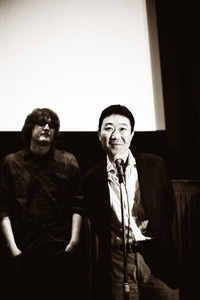 When we showed the film for one night at the Loft (one of my favorite theaters in the country) in Tucson, Arizona, we netted over $1,000 for the night. When we did a one-off at the amazing STARZ! Denver Film Center, we outgrossed the subsequent weeklong run in a single evening. A theatrical run comprised entirely of “event” screenings could likely be more profitable than a traditional release—films such as Box Elder, Helvetica and others have successfully gone that route.
When we showed the film for one night at the Loft (one of my favorite theaters in the country) in Tucson, Arizona, we netted over $1,000 for the night. When we did a one-off at the amazing STARZ! Denver Film Center, we outgrossed the subsequent weeklong run in a single evening. A theatrical run comprised entirely of “event” screenings could likely be more profitable than a traditional release—films such as Box Elder, Helvetica and others have successfully gone that route.
Of course, there is a trade off. Box Elder director and Range Life Entertainment head Todd Sklar—who distributed White on Rice concurrent with Variance—says that the main casualty of this method is press coverage. “Most places won’t give a film coverage unless it’s given a full run. That is why we started doing a slate of films versus just one film per tour: it allows us to book a week of screenings and get coverage.” However, Loft programming director Jeff Yanc says that the issue is “easily surmountable, as the one-time screenings can be pitched to the local media as an ‘event,’ especially if there is a guest appearance involved.”
Jeff has successfully sustained a series called One Hit Wonders designed to showcase smaller films during weekday evenings. “If it seems that the film may not have a high awareness factor in our market due to its national marketing campaign or lack thereof, a one-off screening is preferable since we can do our own ‘event’ marketing for the screening and drive an audience to that one screening. We can also utilize local community groups who might have a vested interest in the subject matter…to help do grassroots promotion.”
The Loft is now the only art-house theater in Tucson (my hometown) meaning that their two screens are constantly in demand for the latest indie and semi-indie releases. While booking DIY released movies for weeklong runs may not make business sense for them, they have found a model that successfully drives traffic and turns a decent buck for DIY filmmakers—and for the theater as well.
If a group of indie theaters across the country banded together for a national One Hit Wonders program series, the results could be interesting…
DOING IT YOURSELF vs. DOING IT WITH OTHERS
Not too long ago, Dylan emailed me with an intriguing plan. Until now, our theatrical release has been relegated primarily to the West Coast and Hawaii. We’d toyed with the idea of opening in New York, but it had always been prohibitively expensive.
 Dylan suggested teaming up with our friends from the festival favorite Children of Invention to do a sort-of “Double Feature” at the Imaginasian Theater (since renamed BIG Cinemas Manhattan).
Dylan suggested teaming up with our friends from the festival favorite Children of Invention to do a sort-of “Double Feature” at the Imaginasian Theater (since renamed BIG Cinemas Manhattan).
Tze Chun (director) and Mynette Louie (producer) of Children of Invention have already made DIY distribution waves of their own. Still, both of them see the theatrical release as an important component of their overall plan. “Even though our film has been available on DVD as well as on YouTube during Sundance, we still get emails from people asking when it’s going to screen locally in their city,” says Mynette. “There are still people out there who prefer the theatrical experience to anything else, and we want to do our best to deliver the film in any and all formats to suit everyone’s preferences.”
New York is an expensive market, and we immediately sparked to Dylan’s idea. The Rice and Children crews had become very close over the course of our 2009 festival tour, and the idea of working together was very appealing.
We’re calling this style of release DIWO (Do It With Others), as opposed to DIY. Basically, the two movies will share a single screen with alternating showtimes. While the standard ticket price is $12 for each movie, you can see both for $18 if you choose. We’re doing joint posters, postcards, and helping each other with the community outreach—at a fraction of the typical cost to open a movie in New York. If it works out, this could be a low-cost release model for other filmmakers to try as well.
Our little DIWO double-bill runs from March 12th-18th at BIG Cinemas Manhattan (239 East 59th Street, between 2nd and 3rd Ave. Take subway 4,5,6,N,R,W to 59th/Lexington).
In case you can’t tell, I really want this to be a success for both films. Hopefully we’ll see you there at the theater. If you can’t make it, you can still support both films by buying a ticket online here. Or buy our DVD here.
LOOKING FORWARD (AND BACK)
As of this writing, Rice has grossed around $70,000 in theatrical revenue (not counting one-offs, special screenings, or screening fees from festivals). Not a spectacular number by any stretch of the imagination, but I hope to at least crack 6 figures by the end of our run. Even with my very modest 5-figure expenditure for P&A, it’s been a neck-and-neck chase with red ink. Our box office gross collection average through Variance has been a fantastic 44%, much higher than the 25-30% that filmmakers typically collect when working directly with the theaters, but in the end it still looks like we’ll probably lose some money on the theatrical release.
The question I often get asked is, “Was it worth it?”
 Absolutely. I love my film, and I believe it works best in a theater with an audience. I’m proud of what we’ve accomplished as a team. From a purely business perspective, the film has been exposed to thousands of potential ancillary consumers. My investors are certainly more likely to see a return from Rice’s post-theatrical life than they would otherwise. When I compare it to the attention my previous film, Big Dreams Little Tokyo, received from an obscure straight-to-DVD release, the difference is night and day.
Absolutely. I love my film, and I believe it works best in a theater with an audience. I’m proud of what we’ve accomplished as a team. From a purely business perspective, the film has been exposed to thousands of potential ancillary consumers. My investors are certainly more likely to see a return from Rice’s post-theatrical life than they would otherwise. When I compare it to the attention my previous film, Big Dreams Little Tokyo, received from an obscure straight-to-DVD release, the difference is night and day.
When I asked him about his overall philosophy on DIY releasing, Dylan said, “What’s not being discussed is that you don’t have to necessarily come up with $250k to make an impact. It can really, truly be done for a fraction of the cost.” I tend to agree, but it really comes down to each filmmaker’s ability to inventively reach their audience. As we speak, the Variance release Until the Light Takes Us is about to cross the $100K box office milestone on a P&A budget that’s markedly lower than Rice—a sign that the team is doing something right. Going forward, filmmakers may have to be satisfied with modest financial victories—and adjust their production budgets accordingly—but at least we won’t have the high-stakes lottery mindset that fueled the indie-film economic bubble of the past decade.
It goes without saying that a DIY/DIWO release like this takes an incredible amount of work. Even with the generous help of publicists, friends, interns, and student volunteers, the to-do list always seems to get longer and we always felt stretched thin. By the time the first leg of our journey wrapped in December, Nguyen, Hiroshi and I were physically and emotionally exhausted from the crazy schedule. All three of us had to put our other professional and personal commitments on hold. I’ll always be grateful to both of them for their willingness to sacrifice on behalf of our film.
Dylan once mentioned that the theatrical distribution business is a pattern of “triumph and tragedy,” and I’d say that sums things up pretty well. Despite the roller-coaster nature of things, I personally can’t wait to take the ride again.
— Dave Boyle








